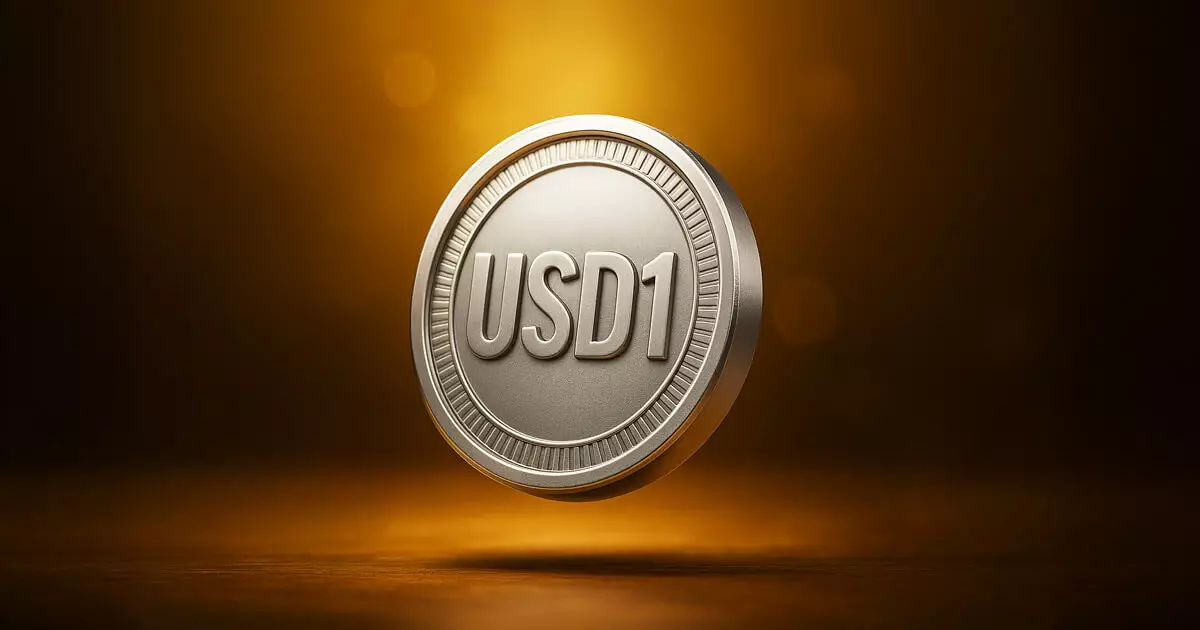The recent move by Binance to list the USD1 stablecoin, linked to the Donald Trump family’s financial venture, World Liberty Financial (WLFI), has sparked both interest and skepticism in the crypto community. With its considerable market share, Binance is known for its influence; however, this bold decision to embrace a stablecoin under controversial branding raises eyebrows. While it can be seen as a testament to the expanding world of cryptocurrency, one must question whether aligning with a politically charged name like Trump will alienate potential users rather than attract them.
Geographic Limitations: The Elephant in the Room
What’s more problematic is Binance’s announcement that trading for USD1 will be geographically restricted. Users from regions such as the European Economic Area, Canada, and various parts of the United States, including territories like Puerto Rico, are excluded from participating in this newly minted trading pair. This restriction creates an awkward paradox: in a landscape often lauded for its borderless nature, the USD1 stablecoin introduces a restrictive framework reminiscent of traditional financial systems. How can a stablecoin intended to foster global access, especially for the underbanked, operate under such limitations? This fundamental contradiction may not only inhibit potential market growth but also foster skepticism about its genuine intentions.
The Sceptical Take on Strategic Partnerships
Despite WLFI’s ambitious goals of empowering 1.4 billion unbanked individuals globally, their approach raises questions about sincerity and efficacy. The announcement of partnerships, including that with Chainlink’s Cross-Chain Interoperability Protocol (CCIP), appears to be more of a shiny badge than a substantive foundation for success. While interoperability is indeed essential for any stablecoin striving for acceptance across various platforms, one must wonder: Will these partnerships genuinely enhance user experience and contribute meaningfully to the underbanked demographic, or are they mere marketing tactics designed to spark interest without true substance?
The USD1’s True Market Viability
As Binance’s listing sparks enthusiasm among some traders, the broader implications for the financial ecosystem remain elusive. Its design to operate on the BNB Chain might be strategic, but the actual question is whether it can achieve the level of trust and adoption needed to thrive amidst a slew of existing stablecoins. While it is pegged to the US dollar, it faces competition from established players that have successfully demonstrated stability and transparency over time. Will the USD1 be able to carve a niche, or is it another fleeting trend in an ever-saturated market?
A Cautionary Tale for the Crypto Community
The USD1 stablecoin could imply the onset of a new era in finance—one that attempts to blend traditional values with modern technology. However, the circumstances surrounding it, from its controversial branding to restrictive trading parameters, serve as a cautionary tale. There’s no denying the potential benefits of stablecoins; however, when those benefits are marred by political associations and misaligned intentions, the uncertainty becomes palpable. The cryptocurrency world thrives on authenticity and trust, and if these core principles falter, the fear of a USD1 crash looms large.

